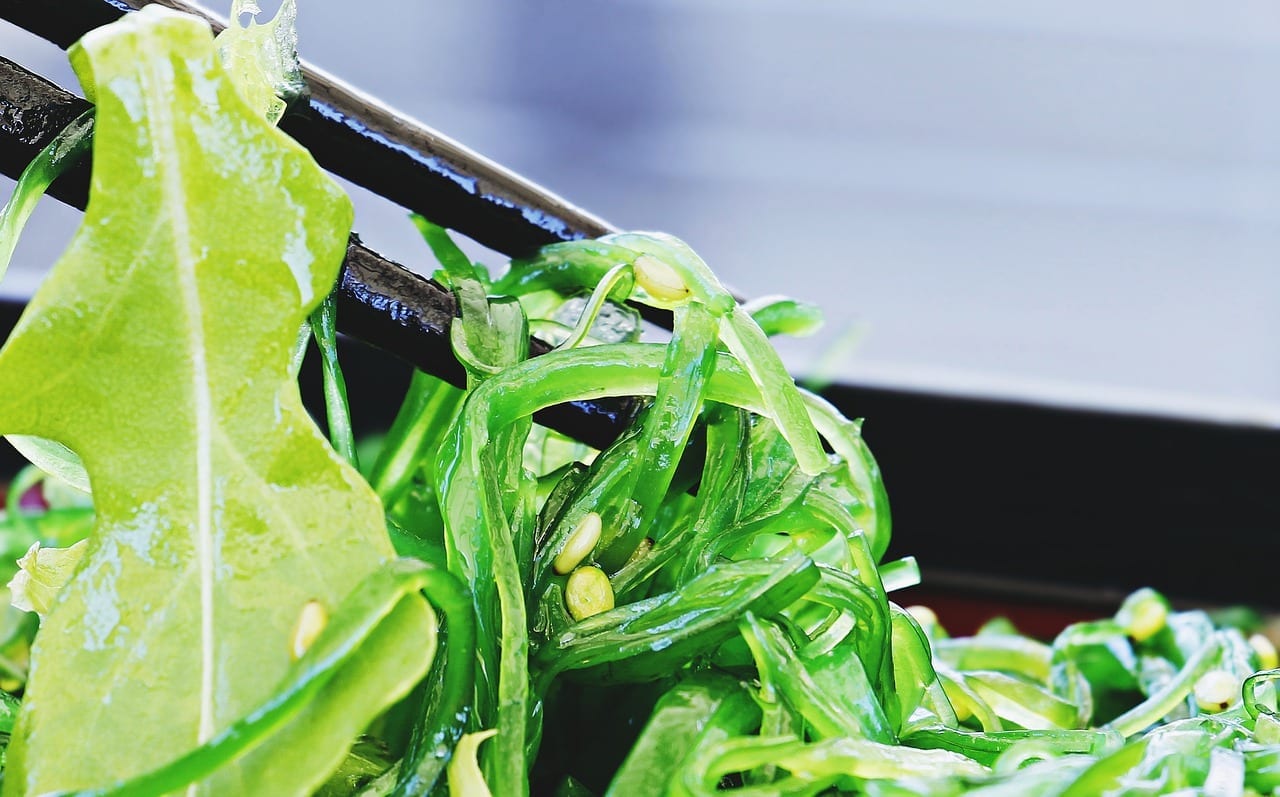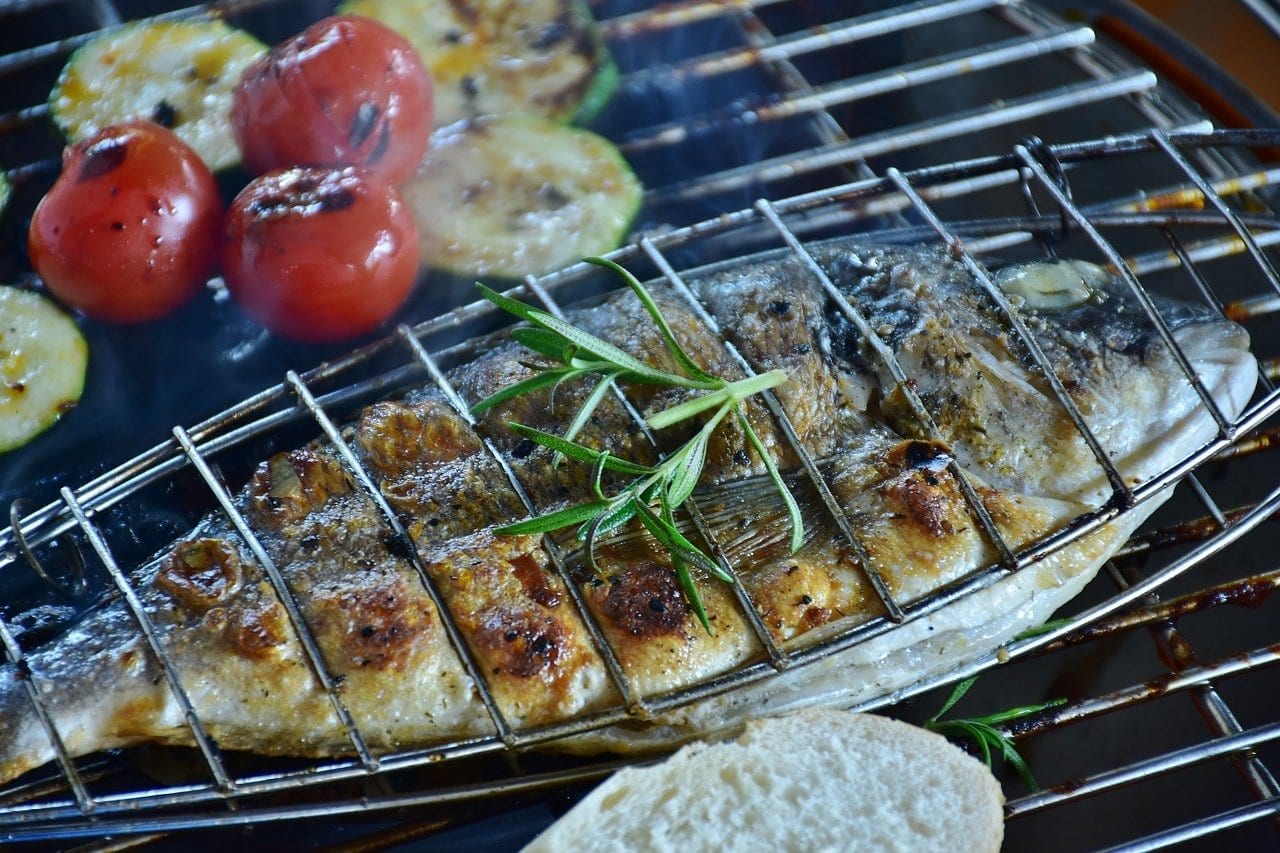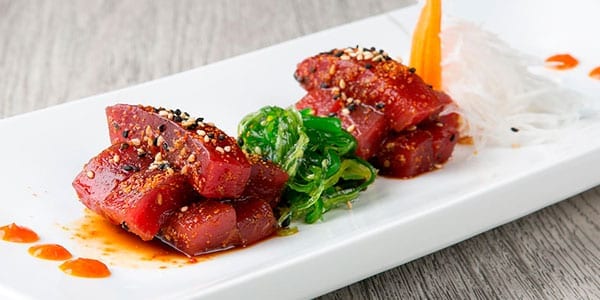Used to seeing them in the Japanese and Chinese restaurants inside the dishes of sushi, above all, you are rated as sea vegetables more and more have been entering our diets. Thus, not long ago it has been possible to find this food from the seabed in supermarkets. But do you really know how to cook and consume seaweed? Since the expansion of the Japanese gastronomy Its use has become popular, although it is still a product is the unknown for many consumers. Therefore, in this article we want to explain in detail how to cook the different edible species. Become an expert!
Types of edible algae
For their flavors and textures, introducing the seaweed in our dishes is all creativity and imagination, as long as they serve to accompany the right foods. But beyond that, this product also brings together in small amounts many nutrients that lead to interesting health benefits. Of course, not all species can be used for human consumption, but up to 145 types. Now, here we are going to briefly describe what the more common of gastronomy.
- Kumbu: has a pistachio green color pulling to dark tones and stands out for its glutamic acid that softens the fibers of the rest of the foods with which it is prepared. In soups, stews or broths it fits, although you should know how to cook and consume seaweed.
- Arame: with iodine and calcium, stands out for the manitol that it contains, an element that gives it a soft sweet taste. You only have to soak it for ten minutes and include it in cold dishes. Is black
- Nory: typical of the famous sushiIt is rich in protein and is used in pasta, salads or other hot delicacies.
- Sea spaghetti: fleshy and smooth, provides iron, potassium and vitamin C.
- agar agar: its flavor is neutral, its color is transparent white and its use happens to be a good substitute for gelatin of animal origin.
- Sweet: among the algae, there are also spicy like this, albeit slightly. It is purple, rich in iron and iodine.
- Cochayuyo: Mushroom-like in appearance after soaking, this seaweed is ideal to eat with cereals or vegetables.
- Wakame: en salads, pates or pestos, this marine ingredient is black in color (resembles a stick) and provides vitamins B and C, as well as calcium and potassium.
- Hiziki: intense sea flavor for the latter that requires cooking for half an hour. Provides a great background to stews and legumes. Its color is black too.
Learn how to cook and consume seaweed
This product of the sea, obviously when removed from its natural environment, remains dry. Therefore, it is necessary to hydrate it before knowing how to cook and consume seaweed. In this process (with cold water better) can increase their volume up to eight times, so it shouldn't surprise you. What is recommended is to calculate the proportions well dry for according to how many people. Approximately, 10 grams is good for 4 people if it is to be used in a starter dish.
After leaving ten minutes soak, seaweed they will be ready for consumption, cold directly or sautéed in the pan. If added to stews or soups just add it to the casserole at the end of cooking. You already know how to cook and consume seaweed with a variety of common foods!







